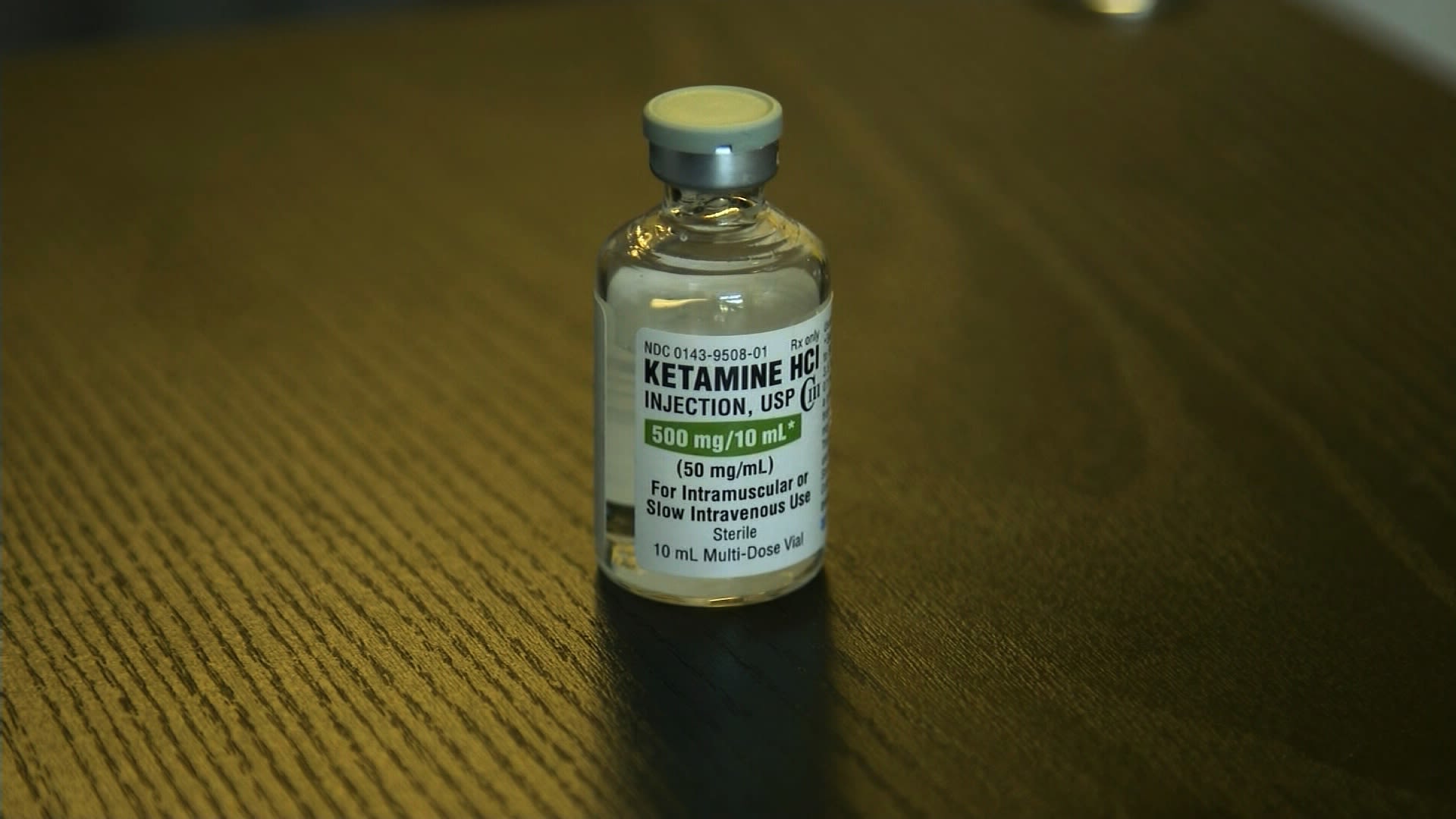

Articles
How To Store Ketamine
Modified: January 20, 2024
Learn the best practices for storing ketamine safely in this informative articles. Keep your ketamine secure and potent with these storage tips.
(Many of the links in this article redirect to a specific reviewed product. Your purchase of these products through affiliate links helps to generate commission for Storables.com, at no extra cost. Learn more)
Introduction
Ketamine is a powerful anesthetic and sedative that is commonly used in veterinary medicine and occasionally in human medicine as well. It is a Schedule III controlled substance due to its potential for abuse. If you work in a veterinary clinic, research facility, or hospital where ketamine is used, it is important to understand how to properly store this medication to ensure its integrity and effectiveness. In this article, we will explore the factors to consider before storing ketamine, the proper storage conditions, choosing the right container, labeling and packaging, organizing inventory, monitoring storage, and handling and disposing of expired ketamine.
Before we delve into the details of storing ketamine, let’s take a moment to understand what it is and why it is important to handle and store it correctly. Ketamine is a medication that is primarily used for anesthesia induction and maintenance. It is also used as a sedative, analgesic, and hallucinogenic drug. The chemical structure of ketamine gives it the ability to produce dissociative effects, meaning it can cause a detachment from reality.
Due to its potential for abuse, ketamine is classified as a controlled substance. As a result, strict regulations and protocols must be followed when handling and storing it. These guidelines are in place to ensure the safety of both staff members and patients, as well as prevent unauthorized use or access.
When stored properly, ketamine can maintain its efficacy for an extended period of time. However, improper storage can lead to degradation of the medication, compromising its potency and safety. By following the proper storage procedures, you can help ensure that the ketamine you administer to patients is of the highest quality.
In the next section, we will discuss the factors you need to consider before storing ketamine.
Key Takeaways:
- Secure and compliant storage of ketamine is essential to maintain its potency and safety, ensuring patient well-being and preventing unauthorized access or misuse.
- Proper organization, monitoring, and disposal of expired ketamine contribute to a safe and responsible healthcare environment, upholding legal and regulatory requirements.
Read more: How To Store Ketamine Lozenges
Understanding Ketamine
Ketamine, also known as “Special K” or “K,” is a medication that belongs to the class of drugs known as dissociative anesthetics. It was first synthesized in the 1960s and quickly gained popularity as an anesthetic agent due to its unique properties.
When administered in controlled medical settings, such as hospitals or veterinary clinics, ketamine is a valuable tool for inducing and maintaining anesthesia during surgical procedures. It works by blocking certain receptors in the brain, leading to a dissociative state where patients experience a feeling of disconnect from their surroundings.
Aside from its anesthetic properties, ketamine has gained attention for its off-label use in treating various conditions, including chronic pain, treatment-resistant depression, and post-traumatic stress disorder (PTSD). Research has shown that low doses of ketamine, administered under medical supervision, can provide rapid relief from symptoms associated with these conditions.
Despite its therapeutic potential, ketamine also carries risks and can be misused. It is classified as a Schedule III controlled substance in the United States, meaning it has a recognized medical use but also a potential for abuse and dependence. Misuse of ketamine can lead to serious health consequences, including cognitive impairment and psychological disturbances.
Given its classification and potential for abuse, it is crucial to handle and store ketamine properly to prevent unauthorized access and ensure its integrity. Proper storage conditions help maintain the potency and efficacy of ketamine, ensuring it retains its therapeutic properties when needed.
Now that we have a better understanding of what ketamine is and its potential uses, let’s explore the factors to consider before storing this medication.
Factors to Consider Before Storing Ketamine
Before you begin storing ketamine, there are several important factors to consider to ensure the safety and integrity of the medication. These factors include regulatory requirements, security measures, and environmental considerations.
First and foremost, you need to be familiar with the regulations and guidelines set forth by your local regulatory bodies. Each country and jurisdiction may have specific rules regarding the storage and handling of controlled substances like ketamine. It is essential to comply with these regulations to avoid legal issues and maintain a safe and secure storage environment.
Next, you must establish appropriate security measures to prevent unauthorized access or misuse of ketamine. This may involve implementing keycard or biometric access systems, installing security cameras, and keeping the medication locked in a secure area or cabinet. Restricting access to ketamine is crucial to prevent theft, misuse, or accidental exposure.
Environmental considerations are equally important when it comes to storing ketamine. The medication should be kept in a cool, dry place away from direct sunlight and extremes of temperature. Ketamine is sensitive to heat and humidity, which can lead to degradation and loss of potency. It is recommended to store ketamine at temperatures between 59°F and 86°F (15°C and 30°C) in an environment with a relative humidity of less than 40%.
Furthermore, it is important to assess the storage area for any potential hazards or incompatible substances. Ketamine should be stored separately from other medications and chemicals to avoid cross-contamination. Chemicals with strong odors, such as ammonia or bleach, should be kept away from ketamine as they can alter its composition or degrade its efficacy.
Lastly, it is essential to assess the available storage space and capacity. Depending on the volume of ketamine you handle, you may need to allocate sufficient space to ensure proper organization and easy access. Adequate shelving, drawers, or cabinets should be provided to prevent overcrowding and mishandling of containers.
By considering these factors before storing ketamine, you can establish a safe, compliant, and efficient storage system. In the next section, we will explore the proper storage conditions for ketamine to maintain its potency and efficacy.
Proper Storage Conditions for Ketamine
Ensuring proper storage conditions for ketamine is essential to maintain its potency and effectiveness. Improper storage can lead to degradation of the medication, rendering it less effective or even potentially harmful. Here are some guidelines to follow when storing ketamine:
- Temperature: Ketamine should be stored at room temperature between 59°F and 86°F (15°C and 30°C). Avoid exposing ketamine to extreme temperatures, such as direct sunlight or freezing temperatures, as it can impact the stability and integrity of the medication.
- Humidity: Ketamine is sensitive to high humidity levels. It is recommended to store ketamine in an environment with a relative humidity of less than 40%. Excessive moisture can cause degradation and compromise the quality of the medication.
- Limited Light Exposure: Ketamine should be protected from direct sunlight and strong artificial light sources. Exposure to light can lead to chemical reactions and degradation of the medication. Keep ketamine in a dark, opaque container to minimize light exposure.
- Avoid Contamination: Ketamine should be stored separately from other medications, chemicals, or substances. It is important to prevent cross-contamination, as some substances may interact with ketamine and alter its properties. Store ketamine in a dedicated cabinet or area, away from potential contaminants.
- Proper Ventilation: Ensure that the storage area for ketamine is properly ventilated to prevent the buildup of fumes or volatile compounds. Good ventilation helps maintain the integrity of the medication and prevents the accumulation of potentially harmful substances.
- Secure Storage: Ketamine is a controlled substance that should be stored securely to prevent unauthorized access or theft. Keep ketamine in a locked cabinet or storage area, and limit access to authorized personnel only. Implement security measures such as keycard or biometric access systems to enhance the safety of the stored medication.
Following these storage conditions will help preserve the potency, stability, and safety of ketamine. It is important to regularly monitor and maintain the storage area to ensure compliance with these guidelines. In the next section, we will discuss the importance of choosing the right containers for storing ketamine.
Choosing the Right Container for Ketamine
When storing ketamine, selecting the appropriate container is crucial to maintain its integrity and prevent contamination. The container should provide adequate protection from light, moisture, and other potential sources of degradation. Here are some factors to consider when choosing the right container for ketamine:
- Material: Opt for containers made of materials that are resistant to moisture and chemical reactions. Glass or high-density polyethylene (HDPE) containers are commonly used for storing ketamine. These materials are non-reactive and help maintain the stability of the medication.
- Opaque and Light-Resistant: Ketamine is sensitive to light and should be stored in dark or opaque containers. Light exposure can lead to degradation and loss of potency. Choose containers that are opaque or have an added light-resistant coating to protect ketamine from light exposure.
- Airtight: Ketamine should be stored in airtight containers to prevent moisture absorption and exposure to air. Moisture can cause degradation and compromise the quality of the medication. Look for containers with tightly fitted lids or caps to ensure a proper seal.
- Labeling: Properly label the containers with the name, strength, and expiration date of the ketamine. Clear and legible labeling helps prevent mix-ups and ensures that the medication is being used within its designated shelf life. Include any additional storage instructions, such as temperature requirements, on the label.
- Size and Capacity: Consider the volume of ketamine you frequently handle and choose containers that can accommodate the desired quantity. Avoid overfilling containers, as it may lead to spillage or improper sealing. Adequate space for efficient organization is important to prevent mishandling during storage.
- Separate Storage: Store individual containers of ketamine separately from other medications and chemicals. This helps prevent cross-contamination and minimizes the risk of adverse reactions. Keep an organized storage system to easily locate and access the required ketamine vials or containers.
By considering these factors, you can choose the right container for storing ketamine, ensuring that it remains protected and maintains its potency. Regularly inspect the containers for any signs of damage or deterioration, and replace them if necessary. In the next section, we will discuss the importance of labeling and packaging ketamine correctly for easy identification and traceability.
Store ketamine in a cool, dry place away from direct sunlight and moisture. Keep it in a tightly sealed container to prevent exposure to air. Avoid storing it in areas with extreme temperatures.
Read more: How To Store Store-Bought Bread
Labeling and Packaging Ketamine
Proper labeling and packaging of ketamine are essential for easy identification, traceability, and ensuring the safety and integrity of the medication. Whether it’s for storage or transportation purposes, here are some important considerations:
- Clear and Accurate Labeling: Each container of ketamine should be clearly labeled with crucial information such as the drug name, strength, concentration, lot number, expiration date, and manufacturer details. This information helps prevent mix-ups, ensures proper usage, and facilitates effective inventory management.
- Storage Instructions: Include any specific storage instructions on the label, such as temperature requirements, light sensitivity, or any other special handling instructions. This will help personnel handle and store ketamine correctly, maintaining its potency and effectiveness.
- Unique Identification: Assign a unique identifier, such as a barcode or serial number, to each container or package of ketamine. This allows for easy tracking and traceability, making it simpler to monitor inventory levels, expiration dates, and usage records.
- Tamper-Evident Packaging: Ensure the packaging for ketamine has tamper-evident features, such as sealed caps or breakable seals. This helps safeguard against unauthorized access or tampering, providing an extra layer of security.
- Protective Packaging: Consider using additional protective packaging, such as bubble wrap or cushioned envelopes, to protect ketamine vials or containers during transportation. This reduces the risk of breakage or damage, ensuring the medication remains intact.
- Organized Storage: Maintain a well-organized storage system for labeled ketamine containers. Group them according to their lot numbers or expiration dates, ensuring efficient rotation of stock. This minimizes the chances of using expired or compromised ketamine.
- Visible and Legible Labels: Labels should be clearly visible and legible, even when containers are stored together. Avoid cluttered or overlapping labels that may cause confusion or make it difficult to read important information.
By adhering to these labeling and packaging guidelines, you can ensure that ketamine is properly identified, stored, and maintained throughout its shelf life. Regularly inspect the packaging for any signs of damage or deterioration and replace as needed. In the next section, we will discuss the importance of organizing ketamine inventory for efficient storage management.
Organizing Ketamine Inventory
Efficient organization of ketamine inventory is crucial for maintaining accuracy, accessibility, and safety. Keeping track of stock levels, expiration dates, and lot numbers ensures that ketamine is used in a timely manner while minimizing the risk of using expired or compromised medication. Here are some tips for organizing ketamine inventory:
- Establish a System: Implement a system for categorizing and organizing ketamine inventory. This can be done based on factors such as lot numbers, expiration dates, or even by different strengths or formulations. Choose a system that makes sense for your specific needs and enables easy retrieval of ketamine when needed.
- Clear Labeling: Clearly label the storage areas or shelves dedicated to ketamine inventory. Use labels or signs that are easily visible and legible. This promotes a clear understanding of where ketamine is located, minimizing the chances of confusion or misplacement.
- First-In, First-Out (FIFO): Follow the FIFO principle when organizing ketamine inventory. This means using the oldest stock first, ensuring that medications do not expire or lose potency due to extended storage. Arrange the stock so that the earliest expiration dates are at the front, making it easier to identify and use them first.
- Regular Inventory Checks: Conduct regular inventory checks to assess stock levels and identify any expired or nearing expiration ketamine. This helps prevent the use of expired medications and facilitates better inventory management. Keep meticulous records of stock levels, usage, and disposal for accurate tracking.
- Separate Storage: Store different strengths or formulations of ketamine separately to prevent mix-ups and facilitate easy retrieval. This prevents errors in medication administration and ensures that the correct medication is readily available when needed.
- Reorder in Advance: Monitor ketamine stock levels and reorder well in advance to avoid running out of inventory. This ensures a continuous supply and prevents any disruptions in patient care. Consider setting up automatic reminders or alerts to prompt reordering when stock levels reach a predetermined threshold.
- Training and Education: Train staff members on proper inventory management protocols and ensure they are aware of the importance of organized storage. Regularly communicate updates or changes in inventory procedures to maintain consistency and compliance.
By implementing these organizational strategies, you can ensure efficient storage management of ketamine inventory. Well-organized inventory reduces the risk of errors, stockouts, and medication waste, ultimately improving patient care and safety. In the next section, we will discuss the importance of monitoring ketamine storage conditions.
Monitoring Ketamine Storage
Regular monitoring of ketamine storage conditions is crucial to ensure that the medication remains safe, effective, and compliant with regulatory requirements. By conducting routine checks and implementing proper monitoring procedures, you can prevent potential issues and maintain the integrity of ketamine. Here are some key aspects to consider when monitoring ketamine storage:
- Temperature and Humidity: Regularly measure and monitor the temperature and humidity levels in the area where ketamine is stored. Install temperature and humidity monitoring devices or use data loggers to track these parameters. Ensure that the storage area remains within the recommended temperature range of 59°F to 86°F (15°C to 30°C) and humidity level below 40%.
- Visual Inspections: Perform visual inspections of ketamine containers and the storage area to check for any signs of damage, leakage, or deterioration. Look for cracked vials, damaged packaging, or any other visible abnormalities. If you notice any issues, take immediate action to address them, such as replacing damaged containers or adjusting storage conditions as needed.
- Record-Keeping: Maintain thorough and accurate records of storage conditions, including temperature and humidity readings, as well as any corrective actions taken. This documentation demonstrates your commitment to quality control and compliance with regulations. It also provides a reference for future analysis and audits.
- Training and Education: Regularly train and educate staff members on the importance of monitoring ketamine storage conditions and the procedures involved. Ensure that they understand how to properly use monitoring devices and what to look for during visual inspections. Promote a culture of vigilance and accountability to uphold storage standards.
- Calibration of Monitoring Equipment: Calibration of temperature and humidity monitoring devices is essential to maintain accuracy. Follow the manufacturer’s guidelines for calibration frequency, and ensure that any necessary recalibrations are performed promptly. This ensures that the data collected is reliable and reflects the true storage conditions.
- Compliance with Regulatory Requirements: Stay informed about specific regulatory requirements and guidelines pertaining to ketamine storage. Regularly review and update your procedures to align with current regulations. This includes maintaining proper documentation, adhering to storage temperature limits, and implementing security measures as required.
By systematically monitoring ketamine storage conditions, you can proactively identify and address any issues that may compromise the quality or safety of the medication. Regular monitoring helps ensure compliance, maintain patient safety, and prevent potential medication errors. In the final section, we will discuss the importance of handling and disposing of expired ketamine.
Handling and Disposing of Expired Ketamine
Proper handling and disposal of expired ketamine is essential to prevent its unauthorized use, ensure patient safety, and comply with regulatory requirements. When ketamine reaches its expiration date, it should be handled and disposed of in a responsible manner. Here are some important considerations:
- Inventory Management: Maintain an accurate and up-to-date inventory record to monitor ketamine expiration dates. Regularly conduct checks to identify expired or nearing expiration medications. This allows for appropriate planning and action in a timely manner.
- Segregation: Separate expired ketamine from non-expired medications to prevent accidental use. Use clearly marked containers or designated areas for expired medications. This helps minimize the risk of administering expired ketamine to patients.
- Follow Manufacturer’s Guidelines: Check the manufacturer’s guidelines or the medication package insert for specific instructions on proper disposal methods. Some medications may have specific disposal guidelines due to potential environmental or safety concerns.
- Contact Local Agencies: Consult with local regulatory agencies or environmental health departments to determine the appropriate procedures for disposing of expired ketamine. They can provide guidance on local regulations and any specific requirements for disposal in your area.
- Medical Waste Disposal: Expired ketamine should be treated as medical waste. Follow established protocols for medical waste disposal in your facility. This may involve using designated containers, arranging for pickup by licensed waste disposal companies, or following specific procedures for incineration or disposal at approved facilities.
- Controlled Substance Disposal: Ketamine is classified as a controlled substance, and its disposal requires compliance with local regulations. Contact the appropriate authorities or law enforcement agencies to ensure compliance with controlled substance disposal protocols.
- Documentation: Maintain detailed documentation of the disposal process, including dates, quantities, and disposal methods used. This documentation serves as a record of proper disposal and can be helpful during inspections or audits.
- Training and Education: Train staff members on the proper handling and disposal procedures for expired ketamine. Ensure that they are aware of the importance of following disposal guidelines to prevent any unauthorized or inappropriate use.
By adhering to proper handling and disposal procedures, you contribute to a safe and responsible healthcare environment. Proper disposal of expired ketamine minimizes the risk of its misuse, protects the environment, and upholds legal and regulatory requirements. Now, let’s wrap up this article.
Read more: How To Store Basil From Grocery Store
Conclusion
Proper storage and handling of ketamine are crucial to maintain its potency, safety, and integrity. As a controlled substance with potential for abuse, it is important to follow guidelines and regulations to ensure its secure storage and minimize the risk of unauthorized access.
Understanding the factors to consider before storing ketamine, such as regulatory requirements, security measures, and environmental conditions, sets the foundation for safe storage practices. By maintaining proper storage conditions, such as temperature control, protection from light, and avoidance of contamination, you can preserve the potency and effectiveness of ketamine.
Choosing the right container for ketamine, with features such as opacity, airtight seal, and clear labeling, further contributes to its safe storage and easy identification. Organizing ketamine inventory, monitoring storage conditions, and appropriate labeling and packaging help ensure traceability, efficiency, and compliance.
Regular monitoring of storage conditions, including temperature and humidity levels, along with visual inspections and accurate record-keeping, helps identify any issues or deviations promptly. Handling and disposing of expired ketamine in accordance with regulations and local guidelines is essential to prevent unauthorized use and maintain patient safety.
Implementing these practices not only ensures the quality and safety of ketamine but also demonstrates a commitment to patient care and compliance. By following these guidelines, you can contribute to a safe and well-managed ketamine storage system in your veterinary clinic, research facility, or hospital.
Remember, proper storage and handling of ketamine go beyond regulatory requirements – they are essential for the overall safety, efficacy, and well-being of both patients and healthcare providers.
Frequently Asked Questions about How To Store Ketamine
Was this page helpful?
At Storables.com, we guarantee accurate and reliable information. Our content, validated by Expert Board Contributors, is crafted following stringent Editorial Policies. We're committed to providing you with well-researched, expert-backed insights for all your informational needs.

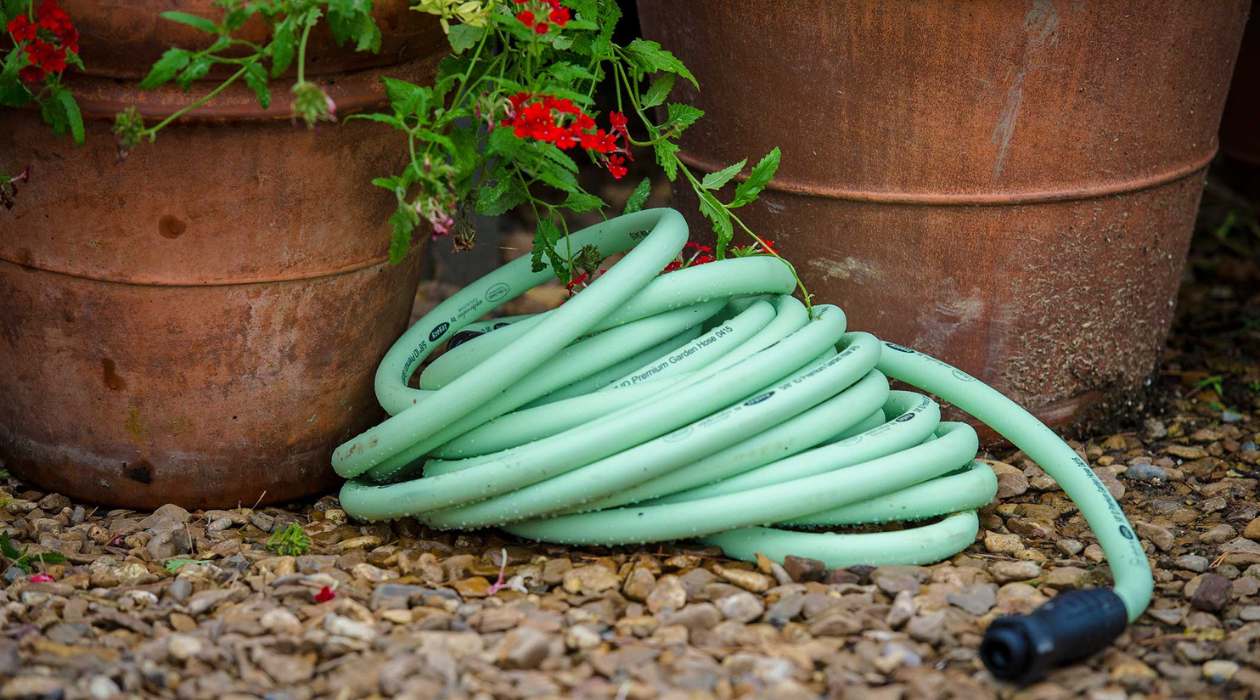





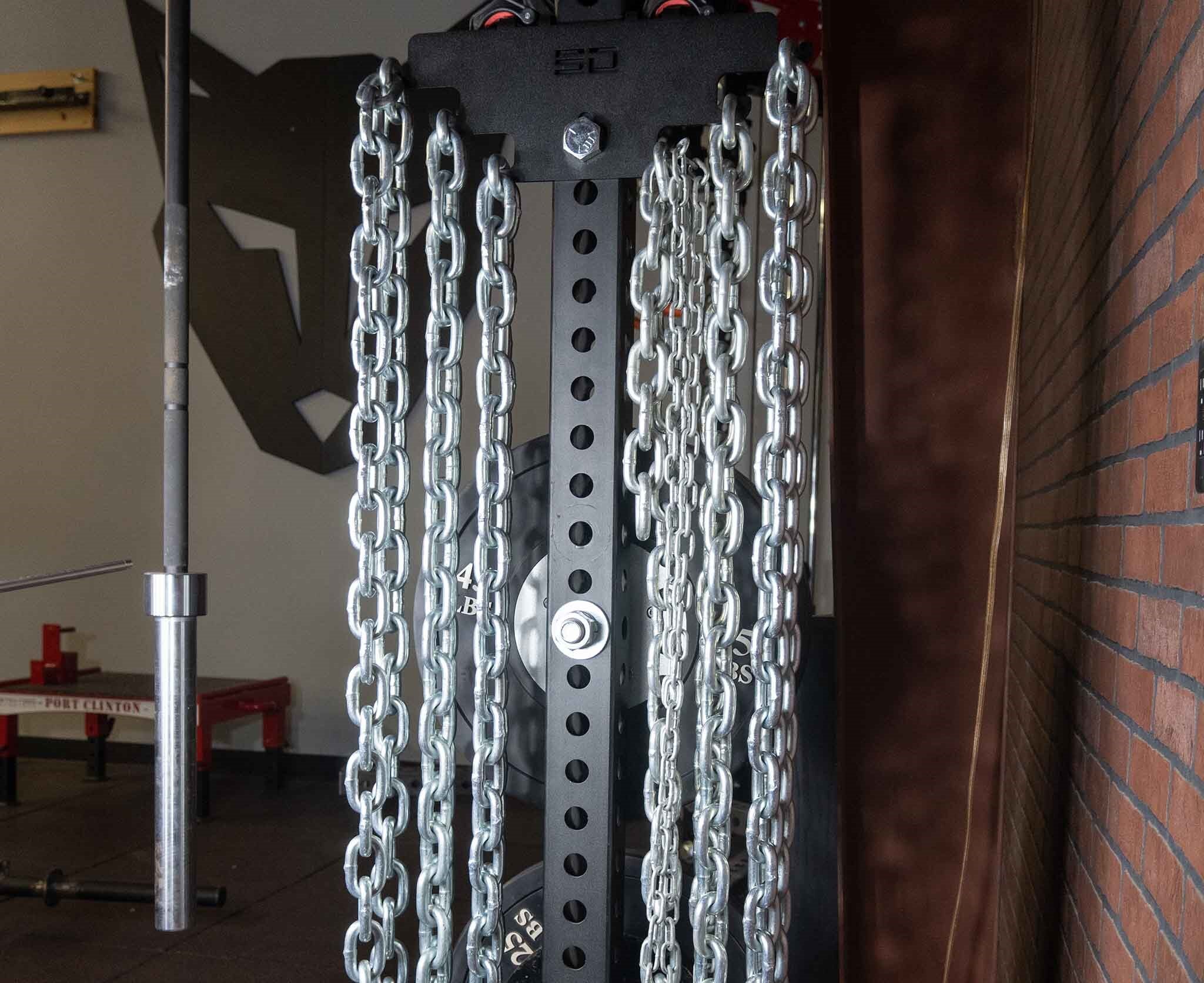

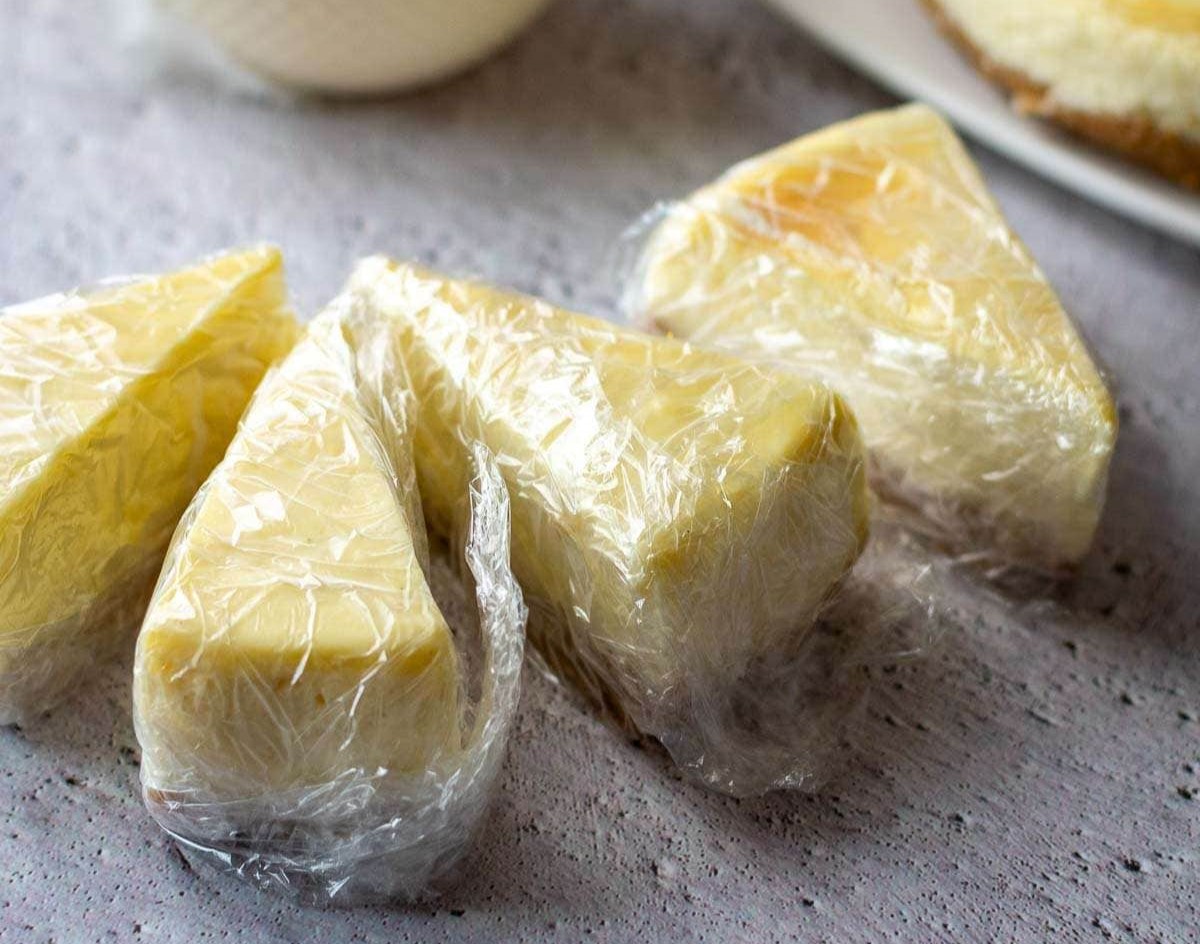

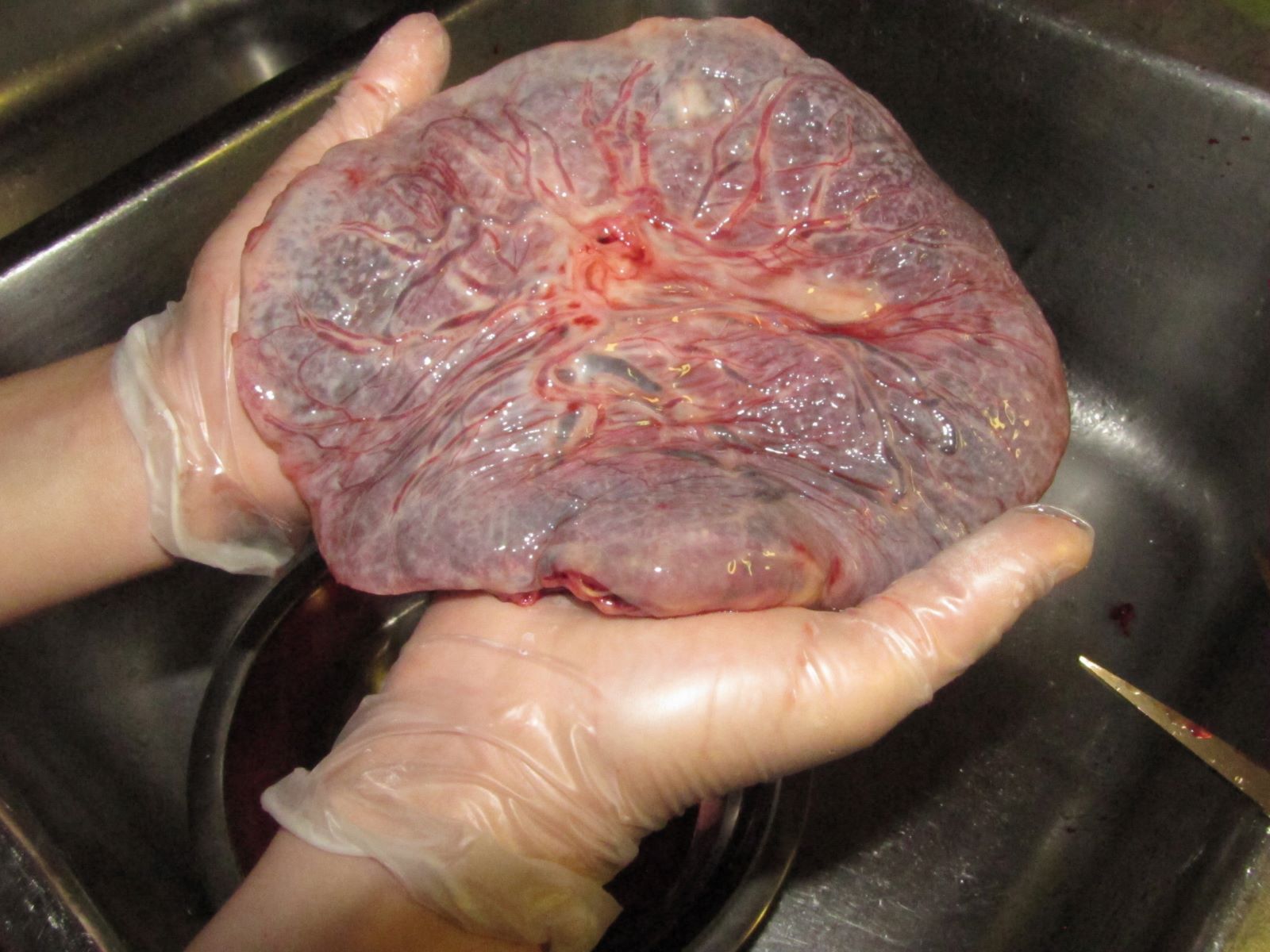


0 thoughts on “How To Store Ketamine”